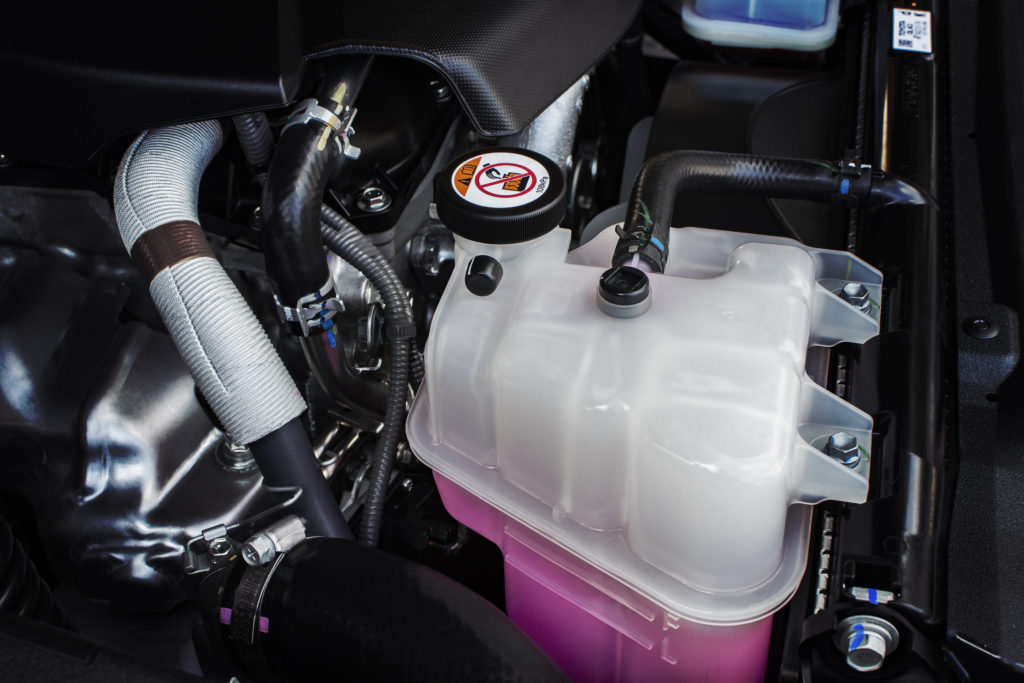If you're searching for “how to know if the coolant level is low,” here's what you need to do:
- To prepare the tools and material
- Park on a level surface
- Pop up the hood
- Find the coolant reservoir
- Check the coolant level
- Check the coolant consistency
- Top off the coolant if needed
- Check for any leaks
- Close the hood
- Seek professional help
Your vehicle's coolant, or what's known as antifreeze, is a critical fluid that is responsible for absorbing any excess temperature from the engine and keeping it healthy to prevent overheating. You must keep the right quantity and equipment quality to ensure your engine stays healthy.
It's not rare to deal with situations where your coolant level drops below the minimum point. Therefore, you must address the problem immediately to avoid further complications that might cost you the entire vehicle.
Detecting whether you have a local level is an important responsibility you must keep up with before things get out of their hands. Therefore, you need to educate yourself about how to check the quote level and confirm that it's at the optimum level.
This article provides a detailed guide to help you answer the question, “How do you know if the quant level is low?” It walks you through a step-by-step process to help you check out your own without needing to go to a professional.
Why is it important to maintain the proper coolant level?
Before we dive into the details about the question ‘how to know if count level is low,” it is essential that you understand why it is important to maintain the proper quote level in the first place.
As we indicated before, the coolant is a critical fluid in your vehicle responsible for absorbing any excess temperature from your engine and maintaining the temperature within the acceptable range based on your vehicle's owner's manual.
The engine is expecting a certain level of coolant to be able to drop its temperature. Otherwise, the engine will continue to overheat until the point where it might get self-destruction.
Therefore, it's important for you as a car owner to understand how to check on the quantum level and make sure that it's at the optimum level without waiting till the point where the vehicle gets damaged.
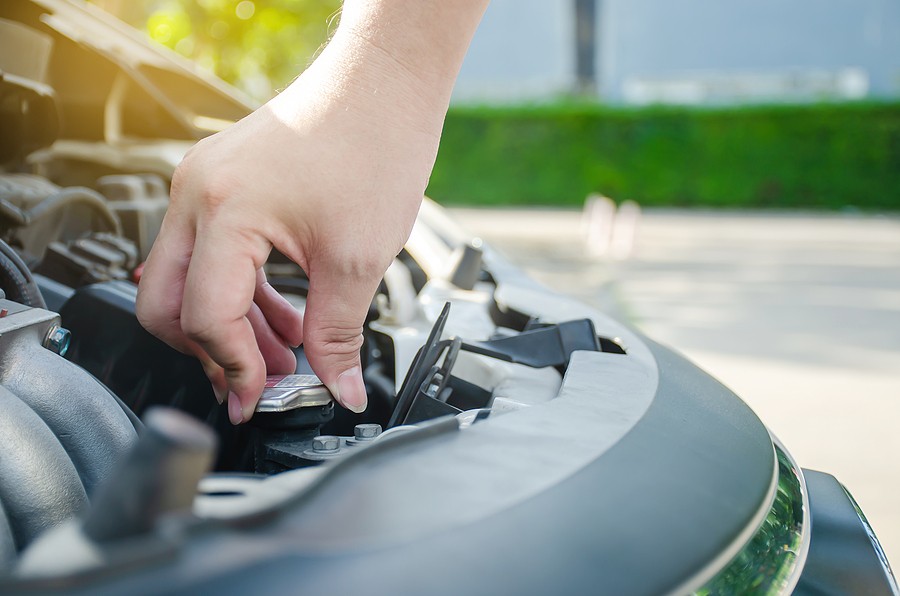
How do you know if the coolant level is low?
Now you have a general idea about what is important to maintain the proper coolant level; the next step is to understand how exactly you can check on the count level and confirm it's not low.
Since automotive experts understand the danger of this problem when dealing with a low coolant level column, they provided a step-by-step process that could help you check on the quant level yourself before you even go to your mechanic.
If you confirm that the quote is below the minimum point, you can top it up, but if the problem is linked to an internal or external, you have to talk to your mechanic and have him address the problem as soon as possible. Four things get out of hand.
Let's examine what you must do to answer the question, “How do you know if the quote level is low?”
1. To prepare the tools and material
Before you even start checking on the quantum level, you must prepare all the required material that you need to have. Otherwise, the process can be very lengthy and might take so much time from you when you can do it quickly.
In general, you'll need to have a clean cloth or paper towel and an extra coolant in case you need to top it up. If you're planning to top off the coolant, you have to have a funnel, and also, having the vehicle owner's manual can help you answer several questions you might have throughout the process.
2. Park on a level surface
Once all of the material is ready, the next step is to park your car on a level surface. You want to ensure your car is parked horizontally to avoid biasing the coolant level due to gravity.
You cannot check the current level until you confirm 100% that your vehicle is cooled down. You're not going to open the cooling system, but just in case, it is recommended that your vehicle cools down for at least 30 minutes.

3. Pop up the hood
Once the vehicle is completely cooled down, you must open the hood because the quote reservoir sits there. Remember that it's not recommended to touch the vehicle or get near the cooling system, which is cooled down for at least 30 minutes.
4. Find the coolant reservoir
Once you pop up the whole cover, the next step is to find the reservoir. The corner reservoir is typically transparent and should show a pinkish-like fluid inside it. If you can't find the colors of war comics, refer to your vehicle owner's manual or check some available YouTube videos for similar vehicles.
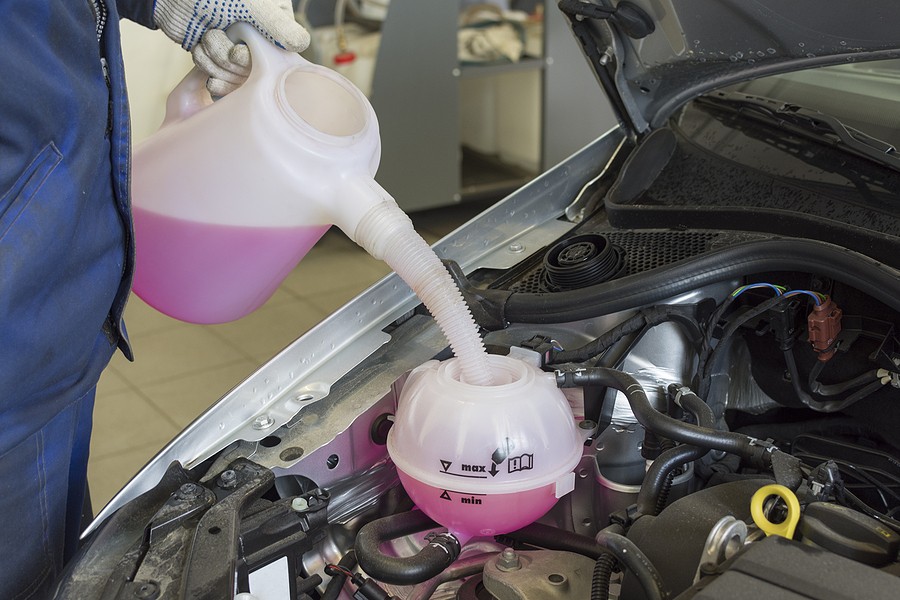
5. Check the coolant level
Once you identify the location of the coolant reservoir, you can perform a visual inspection and check if the fluid inside the reservoir is at the optimum level. They're typically two marks showing the minimum and maximum levels for the coolant that should be within. If you see that the coolant level is below the minimum point, you need to top it off or address any potential leaks causing this problem.
6. Check the coolant consistency
That level is not the only thing you need to check when looking for any potential problems in the coolant. As we indicated before, as your vehicle owner manual recommends, you must maintain the coolant quantity and quality at the top level.
Therefore, you need to look closely and check for any symptoms of potential debris or contaminants floating within the column. If that's the case, you might need a performance known as a coolant flush, meaning you have to consult your mechanic to do the job.
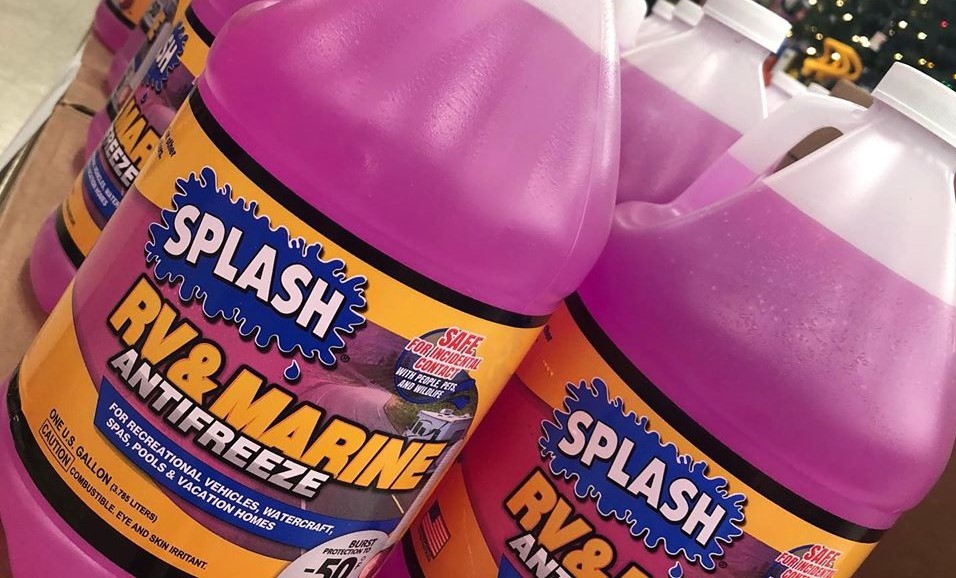
7. Top off the coolant if needed
If you confirm that the court level is not at the optimum level and below the minimum point, you must top it up immediately. You need to ensure you're not putting too much corn in the reservoir because this could cause additional pressure that might result in further problems.
Before you even top up the call, you must purchase the right one that fits your vehicle. Every car will have some information in the vehicle owner's manual that recommends a specific type of column that you cannot go with a lower quality.
8. Check for any leaks
If you feel that the current level is still dropping, it means that there is a potential internal or external leak. Therefore, you need to check for any potential symptoms of fluid dripping underneath if there is a war. You can also look around the connections to see if anything is dripping that you need to address.
If that's the case, you must speak to your mechanic and have him address the problem by sealing the broken seals or fixing the damaged components leading to the coolant. Sometimes, repairs might be very simple. Still, in some situations, it might involve installing new components.
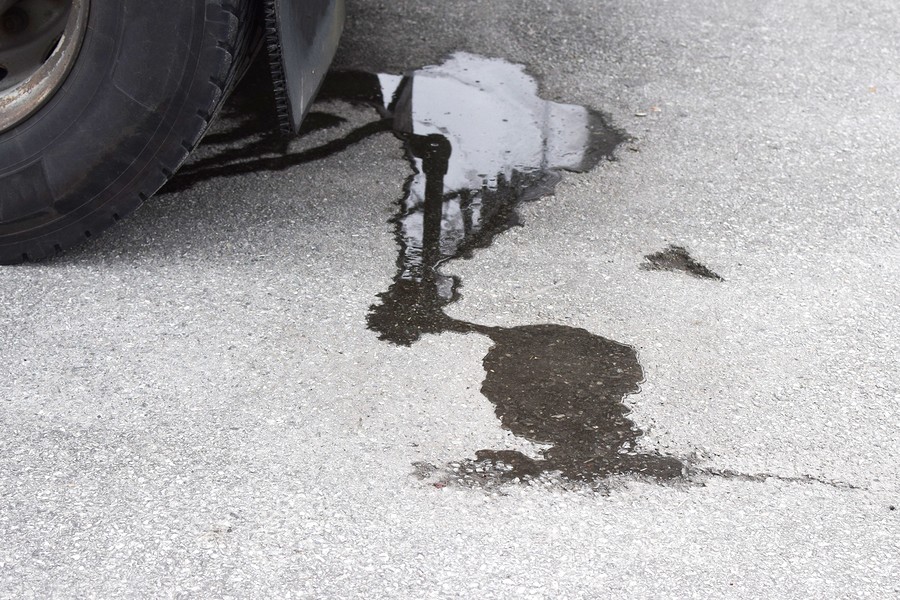
9. Close the hood
Once you top up the coolant and you're at an optimum level, the next step is to close the hood and test your vehicle to see if you're experiencing any potential leak or local level.
Ten symptoms. Seek professional help
Finally, while this instruction and this step-by-step process to have you inspect the coolants and ensure that it's not beyond the minimum level, there might be some situations where you're dealing with a more severe problem that requires immediate professional assistance.
Therefore, if you feel that you're not getting the problem, you still need to talk to your mechanic and have him inspect the faulty components within the cooling system to have him replace them.

How do you know if the coolant level is low? Conclusion
Maintaining the proper coolant quantity is critical for every driver to deal with engine overheating and other problems that might cause the entire vehicle.
This article provided you with everything you know to help you answer the question, “How do you know if what level is low?” If you could, from that, the client level is low; you have to top it up, as we indicated before. However, in some instances, you might need to seek professional help to address any potential problems within the cooling system.
If you're interested in similar posts, we highly encourage you to visit our blog by clicking here.

